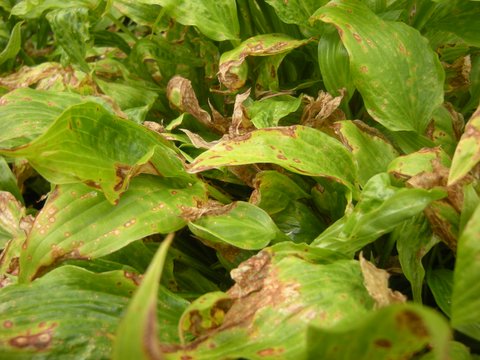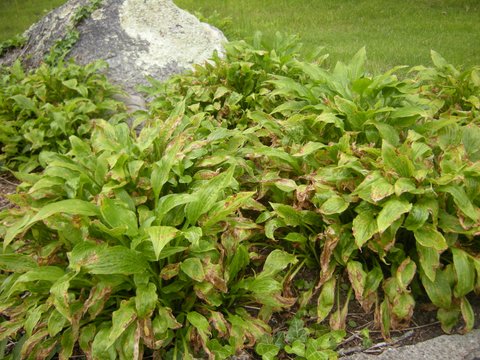TheGardenLady received this question from Ray.
I have an avocado tree that is over 15 years old. The leaves keep falling off. This year it produced about 15 small avocados, they keep falling off. I live in Central Florida. What coud be the problem?
Avocado trees can have a host of problems. Here is a list of problems and diagnosis that might be helpful. I have also written about problems with avocado trees. You can read some of my posts here and here.
However, the first thing this Garden Lady would do to try to find out what is ailing the tree would be to have the soil around your avocado tree tested. You can buy a soil test and do the soil testing yourself or to make it easier, go to your local Master Gardener office and buy a soil test. The Master Gardeners will explain how to take the soil for the test and how to send it to your agricultural extension to get the results. The results will be sent back to you with information about what is needed to grow your avocado. And if you need help understanding the information, you can take the results back to the MG office and they will go over the results answering your question. The soil test costs a few dollars but the information you ask the Master Gardeners will be answered for free. This is always the best first step in trying to diagnose any problem one has when growing plants. This is what good p not need an avocado tree is having some insect problem or some disease that needs to be treated.
Go here to find your local Master Gardener office to get your soil testing kit.







